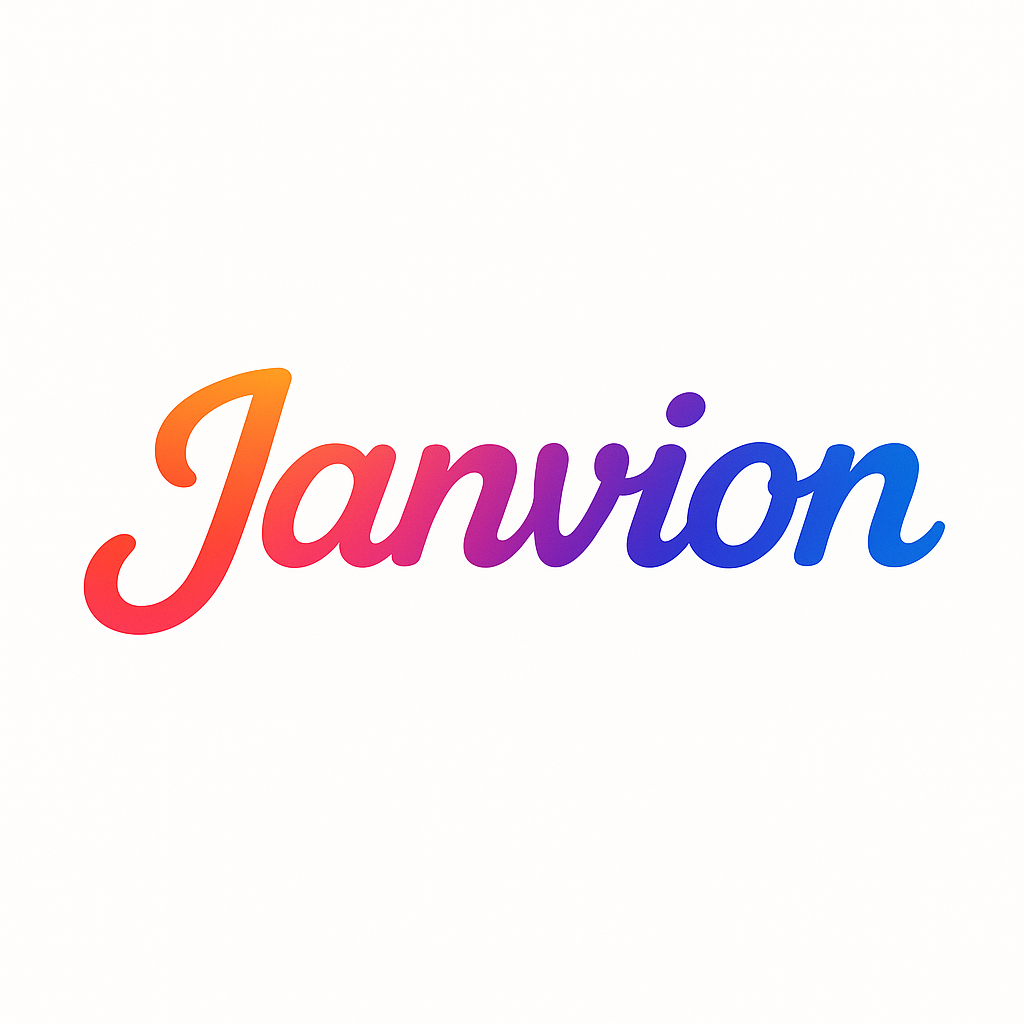In the intricate machinery of any successful business, the sales department stands out as the primary engine of revenue generation. It’s the critical interface between a company’s offerings and its target market, tasked with transforming potential interest into concrete profit. Beyond the perception of simply “making calls,” a sales department’s operations are a sophisticated orchestration of strategic activities, customer interactions, and data analysis, all aimed at driving sustainable growth.
Understanding the core functions of a sales department is essential for any organization, whether you’re building one from scratch, optimizing an existing team, or simply seeking to comprehend how revenue truly materializes. These functions are highly interconnected, forming a seamless pipeline that moves prospects from initial awareness to loyal customers.
1. Lead Generation & Prospecting: Fueling the Pipeline
The sales process begins with identifying potential customers. While marketing plays a significant role in generating inbound leads (those who express interest first), the sales department actively contributes through prospecting. This function involves proactively seeking out and identifying individuals or organizations that fit the Ideal Customer Profile (ICP).
Key Activities:
- Target Market Research: Deeply understanding the industries, company sizes, and specific roles that align with your solution.
- Outbound Outreach: Initiating contact with potential leads who haven’t yet engaged with your brand. This can involve strategic cold calling (which is evolving to be highly personalized and research-driven), targeted email campaigns, and personalized social selling on platforms like LinkedIn.
- Networking: Attending industry events, webinars, and professional gatherings to make connections and identify new prospects.
- Referral Seeking: Actively asking satisfied customers for introductions to potential new clients – often the highest quality leads.
- Leveraging Data & Tools: Utilizing CRM systems, lead intelligence platforms (like ZoomInfo or Apollo.io), and sales engagement platforms (SEPs) to streamline the identification and initial outreach process.
The goal here is to build a robust pipeline of potential opportunities, ensuring the sales team always has a pool of individuals to pursue.
2. Lead Qualification: Sharpening the Focus
Not every lead is created equal, nor is every potential customer a good fit for your solution. Lead qualification is the critical process of evaluating whether a prospect has the genuine need, budget, authority, and timeline (BANT is a common framework) to become a customer. This function prevents sales teams from wasting valuable time on unlikely opportunities, allowing them to concentrate their efforts where they have the highest chance of success.
Key Activities:
- Discovery Calls: Conducting initial conversations focused on understanding the prospect’s current challenges, goals, and needs, rather than immediately pitching solutions.
- Asking Incisive Questions: Employing frameworks like SPIN selling (Situation, Problem, Implication, Need-Payoff) or MEDDIC (Metrics, Economic Buyer, Decision Criteria, Decision Process, Identify Pain, Champion) to uncover deeper insights into the prospect’s business.
- Assessing Fit: Determining if the prospect’s pain points align with your product’s capabilities and if they meet your Ideal Customer Profile.
- Identifying Decision-Makers & Influencers: Understanding the organizational hierarchy and identifying all stakeholders involved in the buying process.
- Understanding Budget & Timeline: Gauging the prospect’s financial capacity and their urgency to implement a solution.
Often, Sales Development Representatives (SDRs) or Business Development Representatives (BDRs) specialize in this qualification stage, handing off “sales-qualified leads” to Account Executives.
3. Sales Pitch & Presentation: Communicating Value
Once a lead is qualified, the sales team moves to pitching and presenting their solution. This is far more than just reciting product features; it’s about artfully demonstrating how your product or service directly addresses the prospect’s specific pain points and delivers measurable value and ROI.
Key Activities:
- Thorough Preparation: Customizing the presentation based on the insights gathered during qualification, highlighting relevant case studies, and anticipating potential objections.
- Value-Based Storytelling: Framing the solution in terms of the benefits and outcomes for the client, rather than simply listing features. How will their business improve? What problems will be solved?
- Product Demonstrations: Providing live, interactive walkthroughs of the product or service, tailored to the prospect’s specific use cases.
- Creating Proposals: Crafting detailed proposals that outline the proposed solution, its benefits, pricing, and terms.
- Engaging Presentation: Utilizing strong communication, active listening, and visual aids to keep the prospect engaged and to clearly convey complex information.
- Handling Initial Objections: Addressing immediate concerns and questions during the presentation itself, rather than deferring them.
The goal is to clearly articulate the unique value proposition and compel the prospect to envision themselves using the solution.
4. Negotiation & Closing: Securing the Commitment
The negotiation and closing phase is the culmination of the sales process. This is where the sales department secures the commitment from the prospect, turning them into a paying customer. It requires finesse, resilience, and a deep understanding of both your offering and the client’s needs.
Key Activities:
- Objection Handling: Proactively addressing any concerns, hesitations, or resistance the prospect may have, turning them into opportunities to reinforce value. This often involves empathetic listening and reframing.
- Value-Based Negotiation: Focusing on the value delivered rather than just the price. Exploring flexible terms that create a win-win scenario for both parties.
- Identifying Buying Signals: Recognizing when a prospect is ready to commit and gently guiding them towards the next steps.
- Effective Closing Techniques: Employing various strategies to ask for the business, such as assumptive closes, summary closes, or urgency closes, always with a professional and client-focused approach.
- Contract Management: Working with legal and other internal teams to finalize contracts, terms and conditions, and any service level agreements (SLAs).
- Transition to Onboarding: Ensuring a smooth handover to implementation or customer success teams post-closure.
Successfully navigating this stage requires confidence, integrity, and a clear understanding of when to push and when to listen.
5. Relationship Management (Post-Sale): Cultivating Lasting Value
The sales department’s job doesn’t end when the contract is signed. For most B2B businesses, nurturing existing client relationships is a critical core function that directly impacts customer lifetime value (CLTV). This often falls to Account Managers (AMs) or Customer Success Managers (CSMs), who are extensions of the sales function.
Key Activities:
- Onboarding Support: Collaborating with implementation teams to ensure a smooth transition and successful initial adoption of the product/service.
- Regular Check-ins: Proactively communicating with clients to monitor satisfaction, address evolving needs, and ensure they are maximizing value from the solution.
- Identifying Upsell & Cross-sell Opportunities: Recognizing when existing clients could benefit from additional products, services, or higher tiers of your offering.
- Renewal Management: Proactively managing contract renewals, addressing any concerns, and demonstrating continued value to secure ongoing business.
- Building Loyalty & Advocacy: Fostering strong, trusting relationships that can lead to referrals, testimonials, and positive word-of-mouth marketing.
- Problem Resolution: Acting as a liaison between the customer and internal support or product teams to resolve issues effectively.
This function transforms one-time transactions into enduring, profitable partnerships.
6. Market Feedback & Intelligence Gathering: The Eyes and Ears on the Ground
Sales professionals are on the front lines of customer interaction, giving them a unique vantage point to gather real-time market intelligence. This isn’t just a passive observation; it’s an active, ongoing function that provides invaluable insights back to the rest of the organization.
Key Activities:
- Identifying Customer Pain Points: Continuously uncovering new or evolving challenges faced by prospects and customers.
- Competitor Monitoring: Gaining insights into competitors’ strategies, pricing, product features, and market reception during sales conversations.
- Product/Service Feedback: Collecting direct feedback on what’s working, what’s missing, and what improvements customers desire.
- Understanding Market Trends: Sensing shifts in industry demands, regulatory changes, or technological advancements that impact buying behavior.
- Relaying Information: Systematically documenting and communicating these insights to relevant departments – product development (for feature enhancements), marketing (for messaging adjustments), and leadership (for strategic planning).
This feedback loop is crucial for a company’s agility, innovation, and ability to stay competitive.
7. Sales Forecasting & Reporting: Driving Strategic Decisions
Beyond individual sales activities, the department is responsible for aggregating and analyzing its performance data. Sales forecasting and reporting provide crucial insights for business planning, resource allocation, and identifying areas for improvement.
Key Activities:
- Pipeline Management: Maintaining an accurate and up-to-date sales pipeline, tracking leads through various stages.
- Sales Forecasting: Predicting future sales revenue based on current pipeline, historical data, and market trends. This is vital for budgeting, staffing, and operational planning.
- Performance Tracking: Monitoring key performance indicators (KPIs) at individual, team, and departmental levels, such as conversion rates, sales cycle length, average deal size, win rates, and activity metrics (calls, emails, meetings).
- Reporting & Analysis: Generating regular reports for management, highlighting achievements, challenges, and strategic recommendations based on data.
- Accountability: Using data to ensure individual and team accountability for targets and activities.
This function ensures that the sales department operates with a data-driven approach, constantly optimizing its processes for maximum efficiency and effectiveness.
Conclusion
The sales department is far more than a simple revenue generator; it is a dynamic, multifaceted entity whose success hinges on the seamless execution of these core functions. From proactively identifying and qualifying leads to adeptly pitching, closing, and nurturing relationships, every step is critical. By also serving as the eyes and ears of the market and providing robust data for forecasting, the sales department becomes an indispensable strategic partner within the organization. Mastering these functions isn’t just about making sales; it’s about building a sustainable growth engine that propels the entire business forward.




